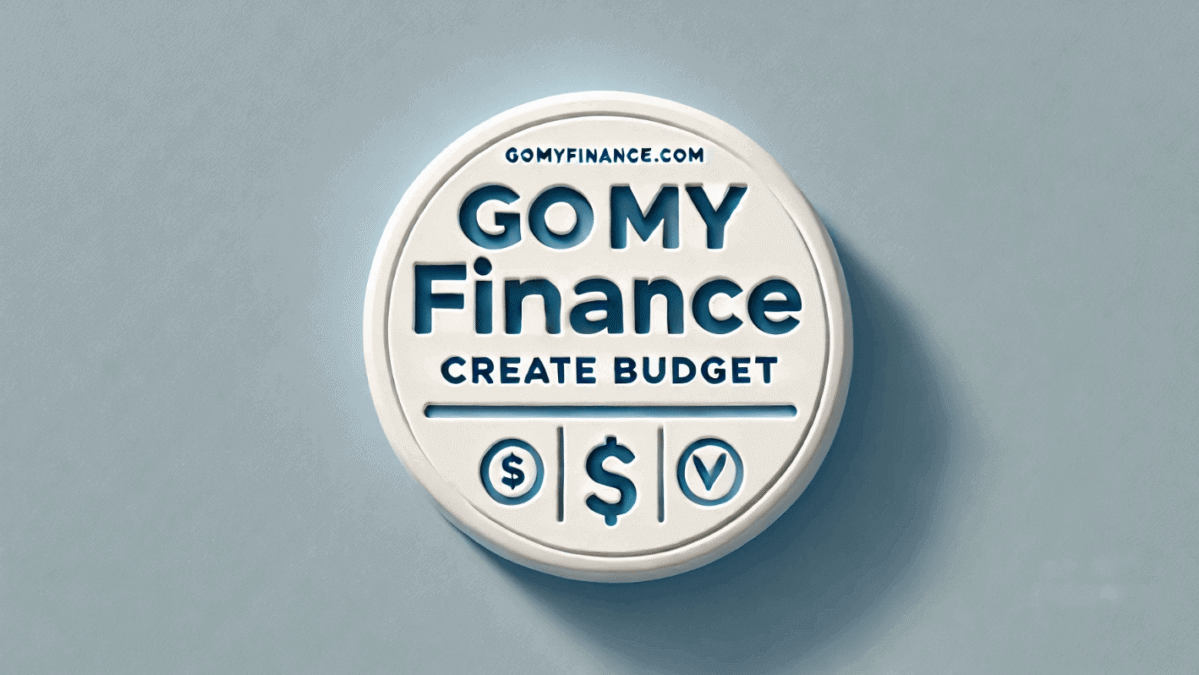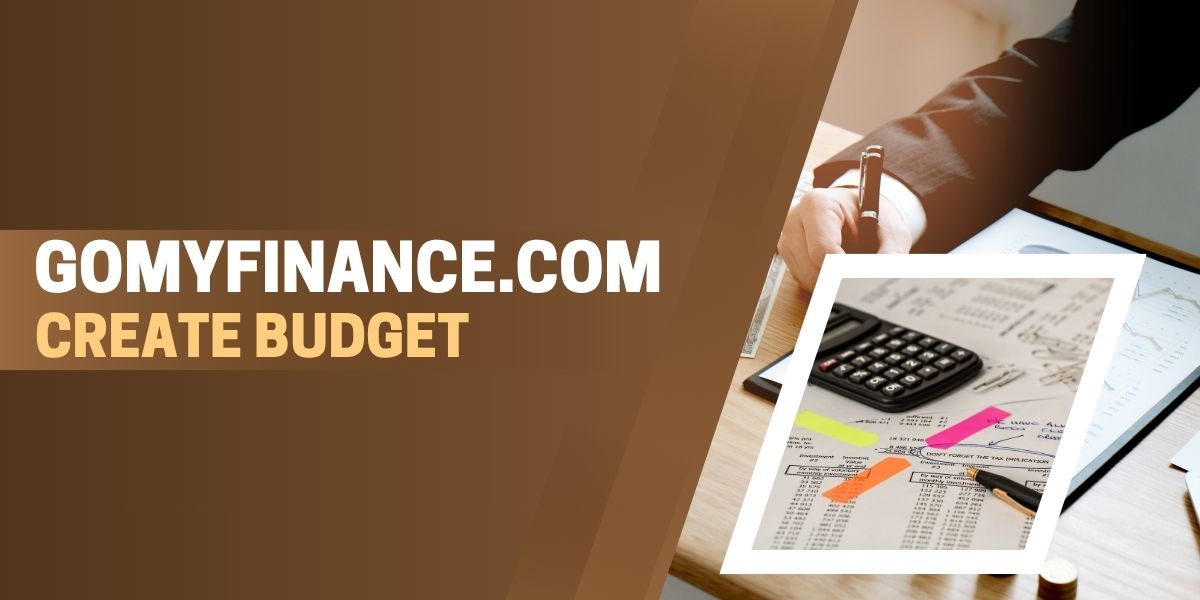Gomyfinance.com Create Budget is one of the most effective ways to take control of your finances, reduce debt, and achieve your financial goals. Whether you’re saving for a big purchase, paying off loans, or just trying to manage daily expenses, a well-structured budget can help.
At Gomyfinance.com Create Budget, we believe that financial freedom starts with smart budgeting. In this comprehensive guide, we’ll walk you through the process of creating a budget that works for your lifestyle.
Why Budgeting is Essential for Financial Health
Before diving into the steps, let’s understand why budgeting is crucial:
✅ Controls Spending – Helps you track where your money goes and avoid overspending.
✅ Reduces Debt – Allocates funds to pay off loans and credit cards faster.
✅ Builds Savings – Ensures you set aside money for emergencies and future goals.
✅ Prepares for the Unexpected – Creates a financial cushion for unforeseen expenses.
✅ Improves Financial Discipline – Encourages mindful spending and long-term planning.
Now, let’s get into the step-by-step process of creating a budget.
Determine Your Income
The first step in creating a budget is calculating your total monthly income. This includes:
- Primary Salary (after taxes)
- Side Hustles & Freelance Work
- Investment Income (dividends, rental income, etc.)
- Government Benefits or Passive Income
Pro Tip: If your income varies (e.g., freelancers), use an average of the last 3-6 months.
Track Your Expenses
To create an effective budget, you need to know where your money is going. Categorize your expenses into:
A. Fixed Expenses (Needs)
These are recurring, non-negotiable payments:
- Rent/Mortgage
- Utilities (electricity, water, internet)
- Insurance (health, car, home)
- Loan Payments (student loans, car loans)
- Subscriptions (Netflix, gym memberships)
B. Variable Expenses (Wants)
These fluctuate monthly and can be adjusted:
- Groceries
- Dining Out
- Entertainment
- Shopping
- Travel
C. Savings & Investments
A good budget prioritizes saving:
- Emergency Fund
- Retirement (401k, IRA)
- Investments (stocks, mutual funds)
How to Track Expenses:
- Use budgeting apps (Mint, YNAB, PocketGuard)
- Review bank statements & credit card bills
- Keep receipts or use a spending journal
Set Financial Goals
A budget should align with your short-term and long-term financial goals. Examples:
Short-Term Goals (1-12 months):
- Pay off a credit card
- Save for a vacation
- Build a $1,000 emergency fund
Long-Term Goals (1+ years):
- Buy a house
- Save for retirement
- Pay off student loans
SMART Goal Framework:
- Specific (e.g., “Save $5,000 for a car”)
- Measurable (track progress monthly)
- Achievable (realistic based on income)
- Relevant (aligns with priorities)
- Time-bound (set a deadline)
Choose a Budgeting Method

Different Gomyfinance.com Create Budget strategies work for different people. Here are the most popular methods:
1. 50/30/20 Budget Rule
- 50% Needs (rent, groceries, bills)
- 30% Wants (entertainment, dining out)
- 20% Savings & Debt Repayment
Best for: Beginners who want a simple, flexible approach.
2. Zero-Based Budgeting
- Every dollar is assigned a purpose (income – expenses = $0).
- Forces intentional spending.
Best for: People who want strict control over finances.
3. Envelope System (Cash Budgeting)
- Allocate cash into envelopes for different categories.
- When the envelope is empty, spending stops.
Best for: Those who struggle with overspending.
4. Pay-Yourself-First Budget
- Prioritize savings & investments before spending.
- Automate transfers to savings accounts.
Best for: Savers and investors.
Create & Adjust Your Budget
Now, plug your numbers into your chosen budgeting method.
Example (Using 50/30/20 Rule with $4,000 Monthly Income):
- Needs (50%) → $2,000 (rent, utilities, groceries)
- Wants (30%) → $1,200 (dining, shopping, hobbies)
- Savings/Debt (20%) → $800 (emergency fund, loans)
Tips for Adjusting Your Budget:
- If expenses exceed income, cut discretionary spending.
- Use windfalls (bonuses, tax refunds) to boost savings.
- Review monthly and adjust as needed.
Automate & Optimize Your Budget
Make budgeting effortless with automation:
- Auto-Pay Bills (avoid late fees)
- Auto-Save (set up direct deposits to savings)
- Use Budgeting Apps (Mint, YNAB, EveryDollar)
Additional Optimization Tips:
- Negotiate bills (internet, insurance)
- Meal prep to reduce food costs
- Cancel unused subscriptions
- Shop with cashback apps (Rakuten, Honey)
Monitor & Improve Your Budget
A budget is not set in stone—review it monthly. Ask yourself:
- Did I overspend in any category?
- Can I increase savings?
- Are my financial goals on track?
Common Budgeting Mistakes to Avoid:
❌ Not tracking small purchases ($5 daily coffee = $150/month)
❌ Ignoring emergency savings
❌ Being too restrictive (leads to burnout)
Final Thoughts: Stick to Your Budget & Achieve Financial Freedom
Budgeting is a habit, not a one-time task. The more you stick to it, the more control you’ll have over your finances.
At GoMyFinance, we’re committed to helping you make smarter financial decisions. Start budgeting today, and take the first step toward financial independence!
Need Help Budgeting?
Check out our free budget template and personal finance tools at GoMyFinance.com!
FAQ: Budgeting Basics
Q: How much should I save each month?
Aim for at least 20% of your income. Start small if needed and increase over time.
Q: What if my expenses are higher than my income?
Cut non-essential spending, increase income (side hustles), or consider debt consolidation.
Q: How often should I update my budget?
Review monthly, with major life changes (new job, moving, etc.).
Q: Can I budget with irregular income?
Yes! Use an average of 3-6 months income and prioritize essentials first.



